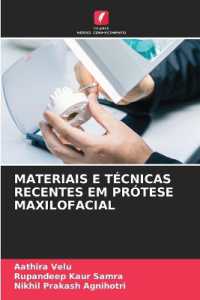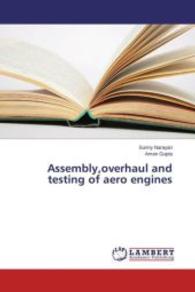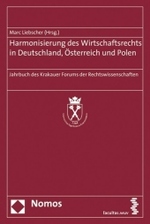- ホーム
- > 洋書
- > ドイツ書
- > Humanities, Arts & Music
- > Arts
- > general things about arts
Description
(Text)
Die Kunstakademie: eine geschichtsträchtige, mythenumwobene Institution. Viele assoziieren mit ihr bis heute emsiges Aktzeichnen und Terpentingeruch; die Künstler selbst loben ihre "Beheizbarkeit" (Joseph Beuys) und ihre kostenfreien Ateliers. Über Lehrinhalte wird jedoch kaum gesprochen, auch die Auseinandersetzung mit tradierten Kunsttechniken scheint sich nach dem "Tod der Fachkenntnisse und Kunstfertigkeiten" (Rosalind Kraus) zu erübrigen. Und da weder Talent noch Kreativität vermittelbar sind und kunsthistorisches Wissen zuweilen gar als kontraproduktiv betrachtet wird, bleibt die Frage: Was wird an den Akademien eigentlich gelehrt?Immerhin trägt die dortige Ausbildung weiterhin entscheidend dazu bei, ob man im Kunstsystem reüssiert oder untergeht. Denn wenn Kunst nach landläufiger Meinung das ist, was Künstler tun, benötigt jeder Systemanwärter ein diskursives Know-How, um im Olymp der Professionellen aufgenommen zu werden. Der "arme Dichter", der "Künstlerfürst", das "auserwählte Genie", der "sprachlose Autist" - dies sind nur einige der zahlreichen Modelle, die hier zur Verfügung stehen. Auch wenn bei 97% der Akademieabsolventen der spätere Erfolg ausbleibt, bestimmt der angeeignete Habitus die weitere Lebensplanung. Folglich dient das Kunststudium weniger einer fachlichen Ausbildung als vielmehr der Persönlichkeitsformung. Von dieser sind auch die Akademieprofessoren betroffen, die versuchen, ihre Lehrtätigkeit mit ihrem Selbstbild und der künstlerischen Arbeit in Einklang zu bringen.The Art School: an institution charged with history and surrounded by myth. Many still associate it with diligent life-drawing and the smell of turpentine; artists themselves praise its "heatabilty" (Joseph Beuys) and free studios. Yet the content of the teaching is seldom mentioned, and the study of traditional artistic techniques seems superfluous after "the death of professional expertise and craftsmanship" (Rosalind Kraus). And since neither talent nor creativitycan be communicated, and knowledge of art history is now regarded as counter-productive, the question remains: what is actually taught in art schools? If nothing else, the training there remains a decisive factor in whether an artist succeeds or fails in the system, since if art is commonly accepted to be "what artists do", anyone aspiring to become part of the system requires some discursive know-how in order to be accepted into the Olympus of the profession. The "poor poet", the "prince of artists", the "chosen genius", the "speechless autist" - these are only a few of the many models available here. Even if 97% of art school graduates fail to achieve success, their acquired habits dictate their future life plans. Thus the study of art is less a professional training and more a forming of personality. This also affects the art school professors, who attempt to bring their teaching activity into harmony with their self-image and artistic work.
(Author portrait)
Die Kunsthistorikerin Katia Tangian, selbst Absolventin einer Kunstakademie, wagt einen differenzierten Blick hinter die Mauern dieser ehrwürdigen Einrichtung. Ihre materialreiche Untersuchung beschreibt und entmystifiziert die inneren Kontrollmechanismen des Lehrbetriebs. Die produktiven Freiräume, die die Kunstakademie für Lehrende und Absolventen auch zu Beginn des 21. Jahrhunderts trotz allem bietet, werden dabei eingehend diskutiert.The art historian Katia Tangian, herself an art school graduate, dares to take a sophisticated look behind the scenes of these respected institutions. Her study, with its wealth of material, describes and demystifies the inner control mechanisms of the teaching process. The productive space which art schools continue to offer their teachers and graduates, even in the 21st century, is discussed in depth.








